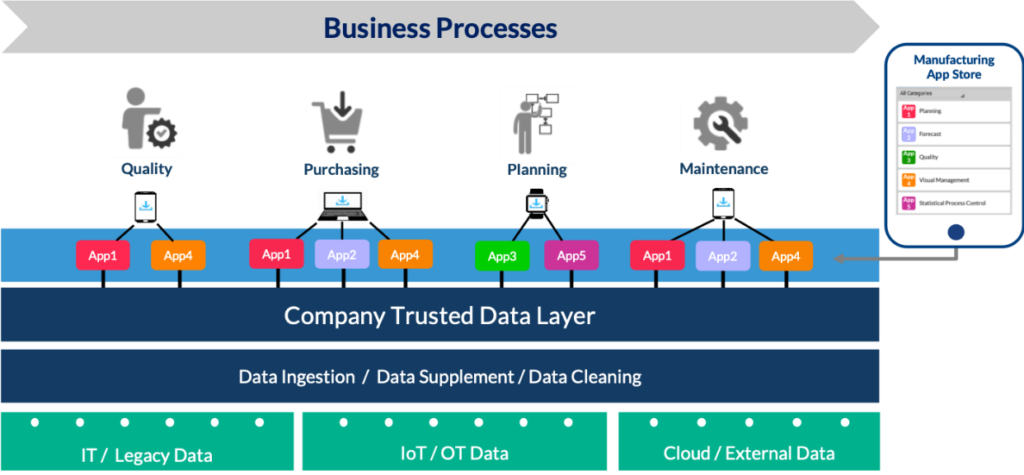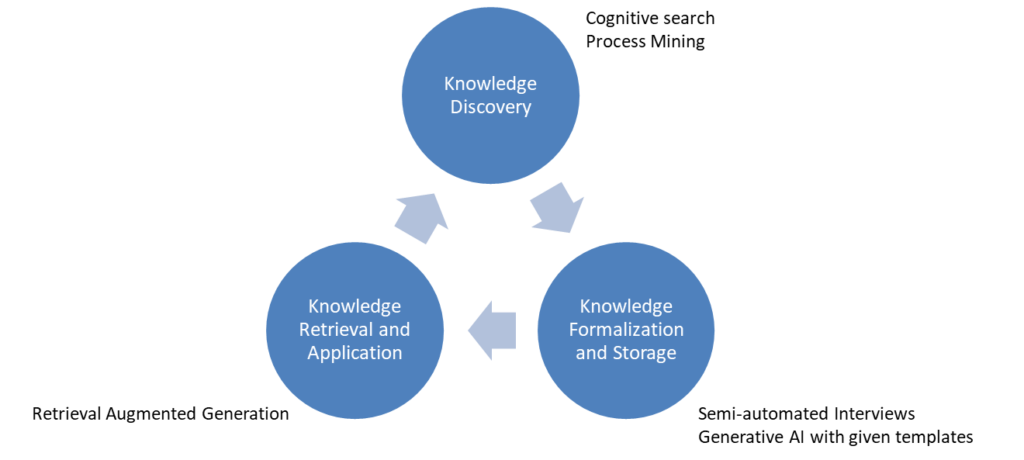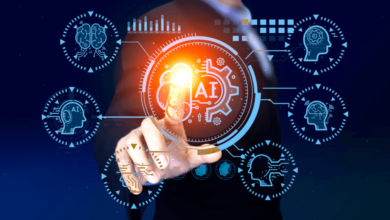
The term “Industry 4.0” was first used in 2011 to express a new vision of the future of Industry and Operations, a future where digital technologies were expected to boost competitiveness and efficiency by interconnecting every resource in a company’s value chain. At the outset, emphasis was placed on technology and the benefits that could be obtained through its implementation. Industrial Internet of Things, data analytics, collaborative robots, Advanced HMI, and additive manufacturing were the leading actors in the Industry 4.0 playground.
After a few years, approximately from 2018, the focus began to shift from a purely technical to a more socio-technical perspective, and the expression “Industry 5.0” (15.0) appeared in the scientific community and in the business world. As a result, other factors exogenous, such as the environmental challenge, and endogenous, including the human-technology relationship, to companies have become central to the digital transformation (Barata and Kayser, 2023).
Today, the understanding of digital transformation has reached a greater level of maturity. Industry 5.0 is clearly taking a different and original path in six areas: decision-making, selection of business partners, perception of the physical world, company value creation, knowledge management, and Business Process Automation. The present article will concentrate on the three areas where Artificial Intelligence (AI) is playing a major role, acting as an enabler of socio-technical change.
The age of data awakening
The first area is decision-making. Since the 2010s, terms such as data-driven decision-making have started to proliferate, calling for a more dependable and less human-biased decision-making process within companies. Many years have passed but, as we can see, most organisations are still far away from adopting a strong data-driven decision process. The reason is twofold: the lack of usable data and the reluctance of humans to rely on decisions they do not completely understand. Business leaders should thus draw attention to the centrality of data. While most manufacturing companies are concerned about asset efficiency, manufacturing throughput time or customer service level, little attention is paid to data productivity (cf. Miragliotta et al, 2018). The creation of a sound data culture should also encompass the ability to select the best methodology to collect data, either via a top-down (decision-driven) or a bottom-up (opportunity-driven) approach.
Business leaders, moreover, should invest in advanced data-sharing technologies, to break down data silos and reap the full benefits of the AI revolution. Technical issues are fundamental (such as a data platform – see the Trusted Data Layer in Figure 1– or the creation of a Common Data Model), but, from a managerial perspective, it is important to facilitate the self-creation of business apps by each user, with the help of low-code programming environment or Gen AI prompts. The I5.0 approach is particularly useful in this respect, as it enhances people’s involvement in the decision-support application development loop, leveraging the benefits of MS Excel macros – but on certified and non-siloed data – and with state-of-the-art analytical algorithms.

Taking knowledge management to the next level
The second area of focus is knowledge management. Several trends emerged over the past few years that are making it harder for companies to manage their body of knowledge. Increased job mobility, the pandemic-generated “great resignation” and, last but not least, the aging working population (and the consequent retirement wave) are weakening companies’ knowledge base every day. By contrast, data generated, business complexity, and regulation constraints are constantly increasing.
This is creating a gap, along with a high demand for new solutions capable of reinforcing the knowledge management processes. From a technology standpoint, the leading actor is Gen AI, which can help close the gap following two directions. The first regards information retrieval and sharing, which can be enhanced with the support of Retrieval-Augmented Generation (RAG) systems. The second is knowledge extraction and formalisation, a key element if we consider that extracting implicit knowledge from the mind of workers is a challenge any organisation faces. Traditional Natural Language Processing AI, in combination with Gen AI, can be embedded in workflows allowing interview operators with semi-automated processes. The output of these interviews can then be fed into AI systems that generate structured documents using company templates and other formats.
These areas can interact and reinforce each other, as shown in Figure 2, so that the knowledge implicitly possessed by humans is formalised with the help of Gen AI and then re-elaborated and shared using RAG-based systems. Such fascinating processes are worthy of further investigation with dedicated research – as knowledge is the core asset of any organisation – and represent an excellent example of evolving trends within Industry 5.0.

The second youth of Business Process Automation
The third area under consideration is Business Process Automation (BPA). Partially connected with knowledge management, BPA is experiencing a second youth, after the very successful years of Robotic Process Automation (RPA) in the early 2000s. Thanks to the introduction of AI, BPA can now tackle more complex activities, such as process orchestration or Business Process Reengineering.
The theme of BPA is very debated in the context of the socio-technical impact of Industry 5.0, and not only in terms of job creation and displacement. Iansiti and Lakhani, for example, have inspired a quite innovative perspective on the strategic impact of BPA. In their view, in the age of AI, companies have the opportunity to design “digital operating models” that can overcome the limitations induced by the involvement of human operators in traditional business processes, i.e. scale, scope, and learning constraints.
In this new model, which a few companies in finance and digital services are pioneering, the role of human employees has shifted to support activities in the value chain, while all execution tasks are assigned to algorithms. This radical view, already backed by substantial empirical evidence, requires that business leaders focus on the real contribution of human operators in the current business processes and rethink how companies are managed.
Embracing AI disruption
The impact of AI on decision making, knowledge management and BPA is probably the strongest point of discontinuity in the way organisations and processes have been designed and empowered by technology in the last 20 years. While the overall direction of travel is clear, every company should invest, study and seek to understand how to best face this momentous transformation. The next six to eight years will be crucial to laying the foundation for, and then implementing, these changes successfully.





